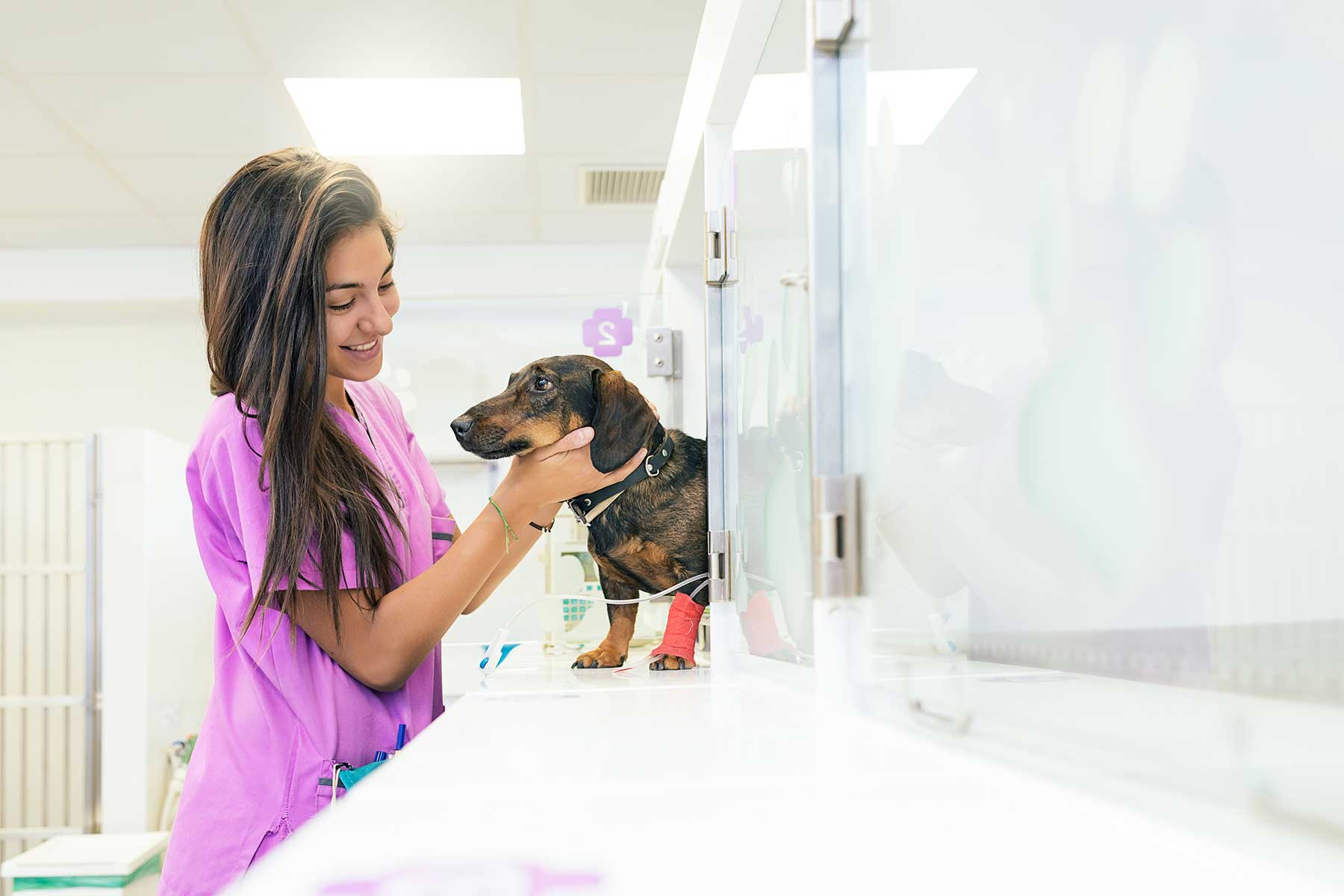Otis is a 10-year-old Irish setter that presented to Vetwest Bibra Lake when his owner became concerned over a two day period about how regularly he was scratching his ears and this was even keeping him up during the night. There are several reasons that a dog might scratch at their ears. Most commonly it is an ear infection that can either be bacterial or yeast. Pets can also have foreign bodies inside the ear such as a grass seed or they could be suffering from allergies.
Otis was given a full physical examination by the Veterinarian with a piece of equipment called an Otoscope. Both his ears were found to contain brown discharge on the inside of the ear canal. The ears also appeared red and inflamed which was most likely due to Otis having a good scratch. Otis was lucky enough that his tympanic membrane was intact and had not been affected by the infection or his scratching. The tympanic membrane is also called the eardrum. It separates the outer ear from the middle ear.
Otis needed to have further workup to establish what type of infection was present. The first step to identify this was to place an ear swab down his ears. This swab is then gently rolled around on the inside of the ear canal to retrieve a sample. This sample is then placed onto a glass slide and examined under the microscope to identify the infection.
Upon examination, Otis was found to have a yeast infection. Yeast infections are very common ear infections in all breeds of dogs and sometimes in cats. This type of infection can be very frustrating for our fur friends as the yeast causes irritation of the ear canal and inflammation which makes pets want to scratch.
Otis was prescribed an oral medication called Dermotic which kills the yeast and cortisone tablets for the inflammation and itching. He was also sent home with a gentle ear cleaner which was to be used once a week to help clean any excess discharge from the ears.
Otis needed to return to the hospital every 10 days to have a repeat ear swab to ensure his ear infection had fully resolved before stopping his medications. This is a very important step to ensure ear infections are treated correctly because if they are not fully resolved they will most likely return.
In some cases, patients with ear infections require a general anaesthetic or sedation to have their ears examined as some ear infections can be very painful and our patients will not allow us to examine their ears while they are conscious.
Otis was lucky that his owners picked up that something was wrong and he was able to be seen straight away and his infection has now cleared up.
Otis will now need to continue to use a gentle ear cleaner every week to maintain the health of his ears.











